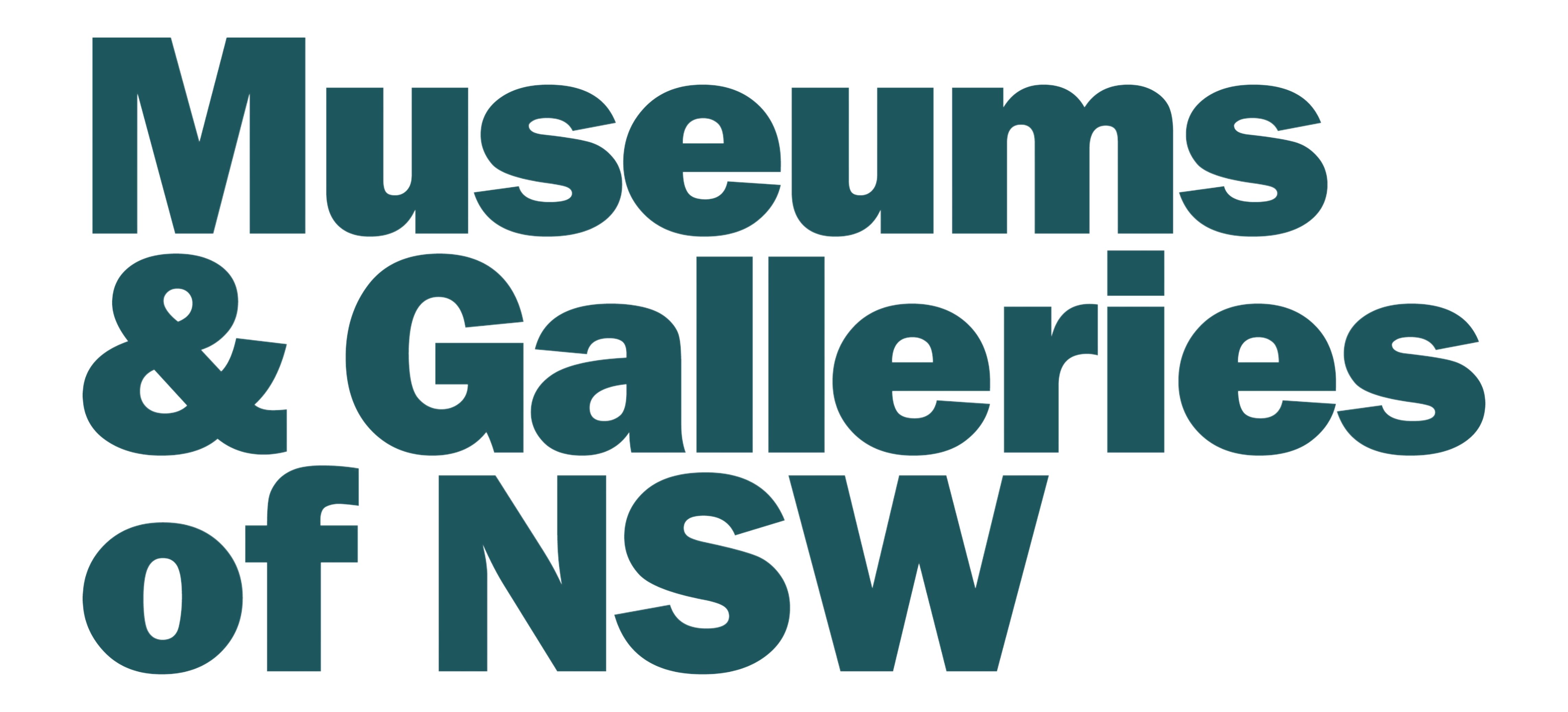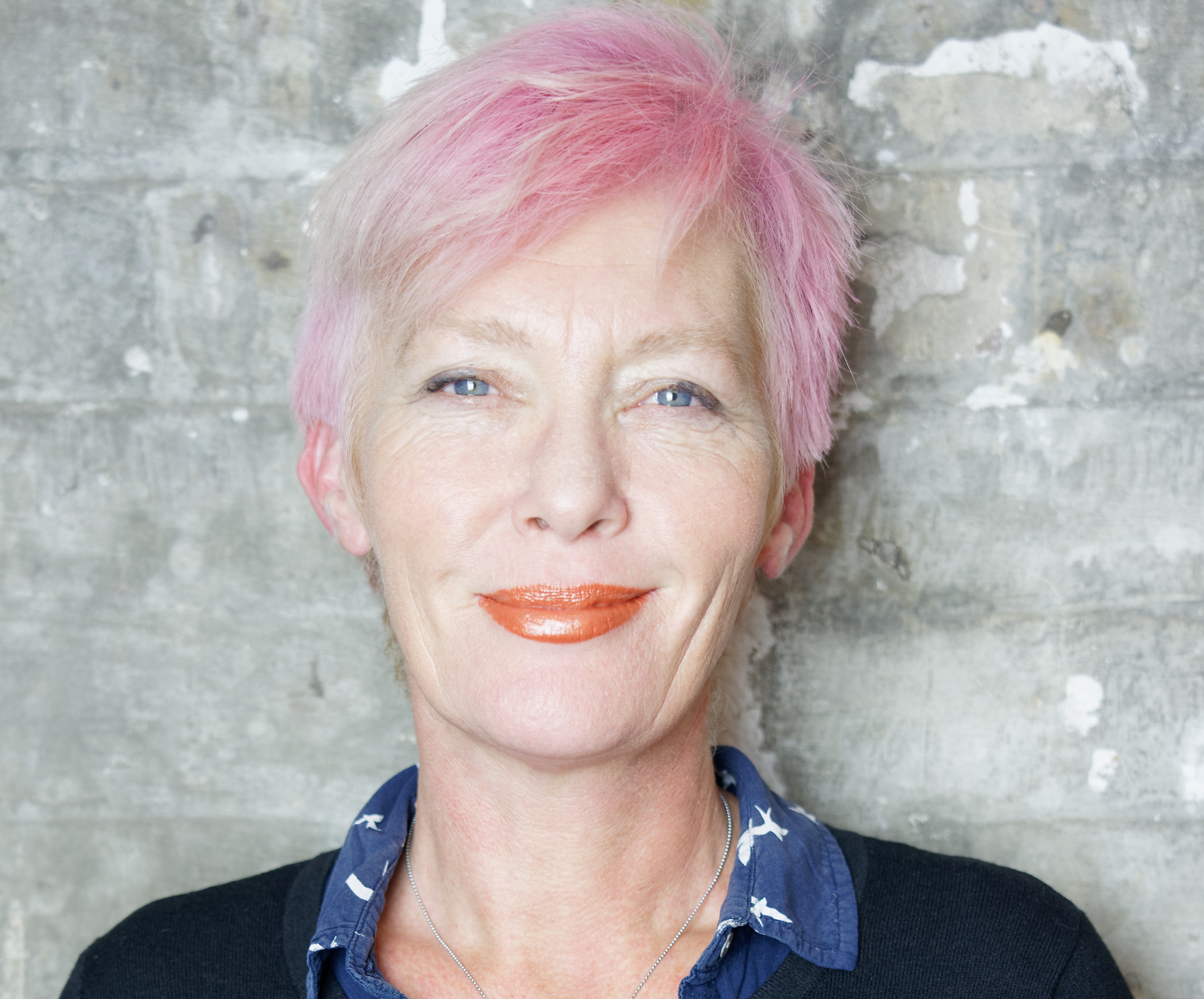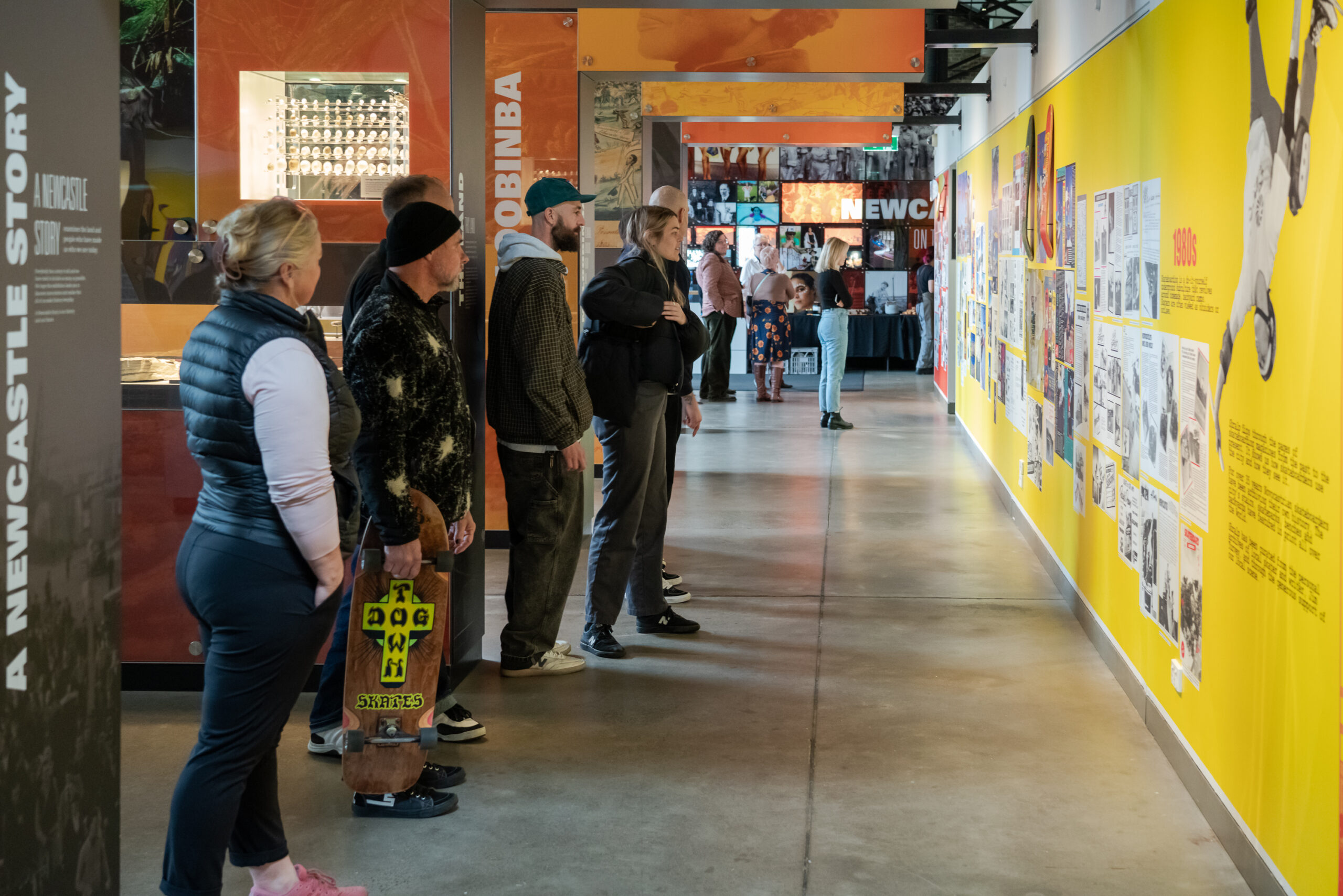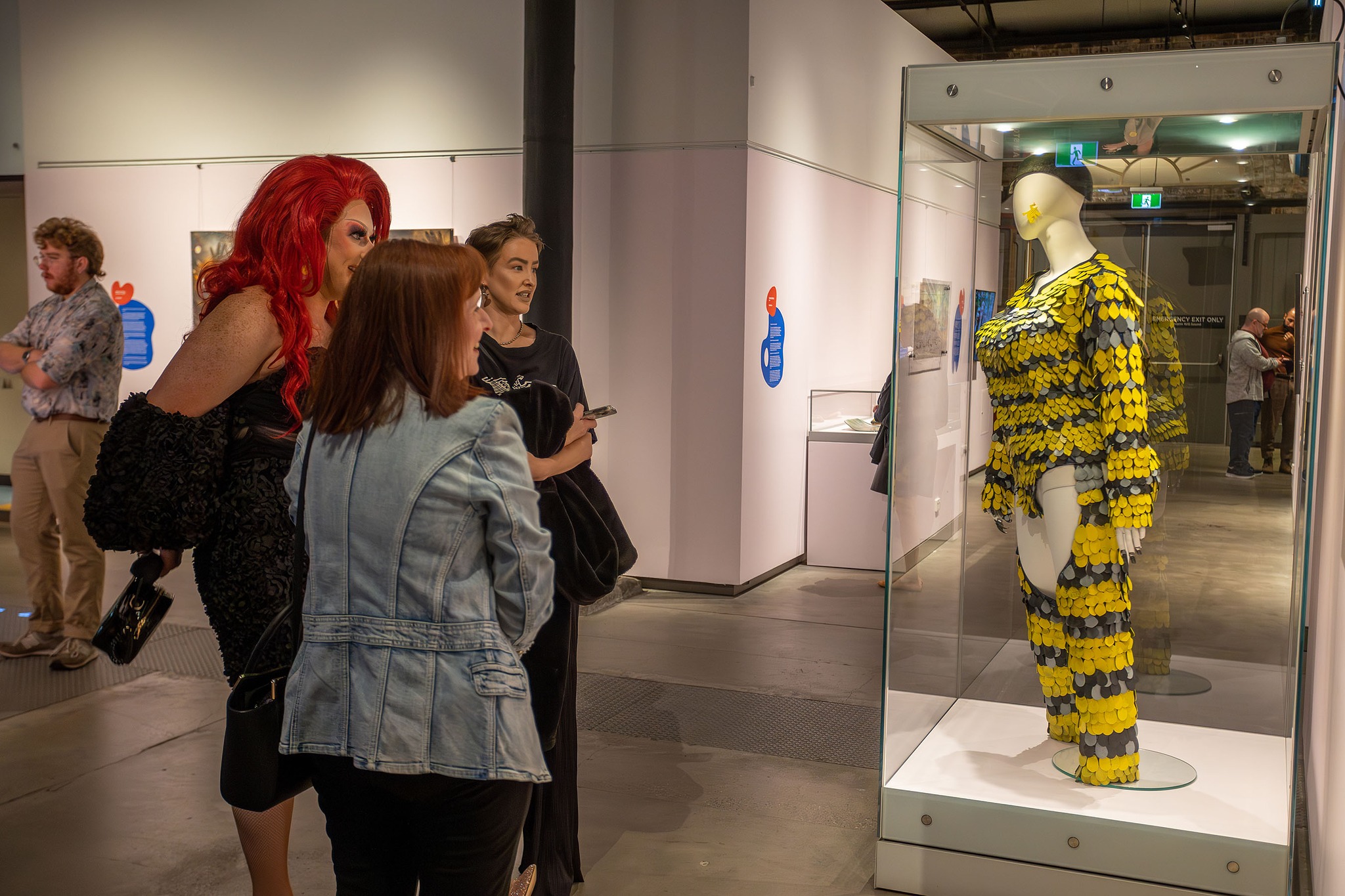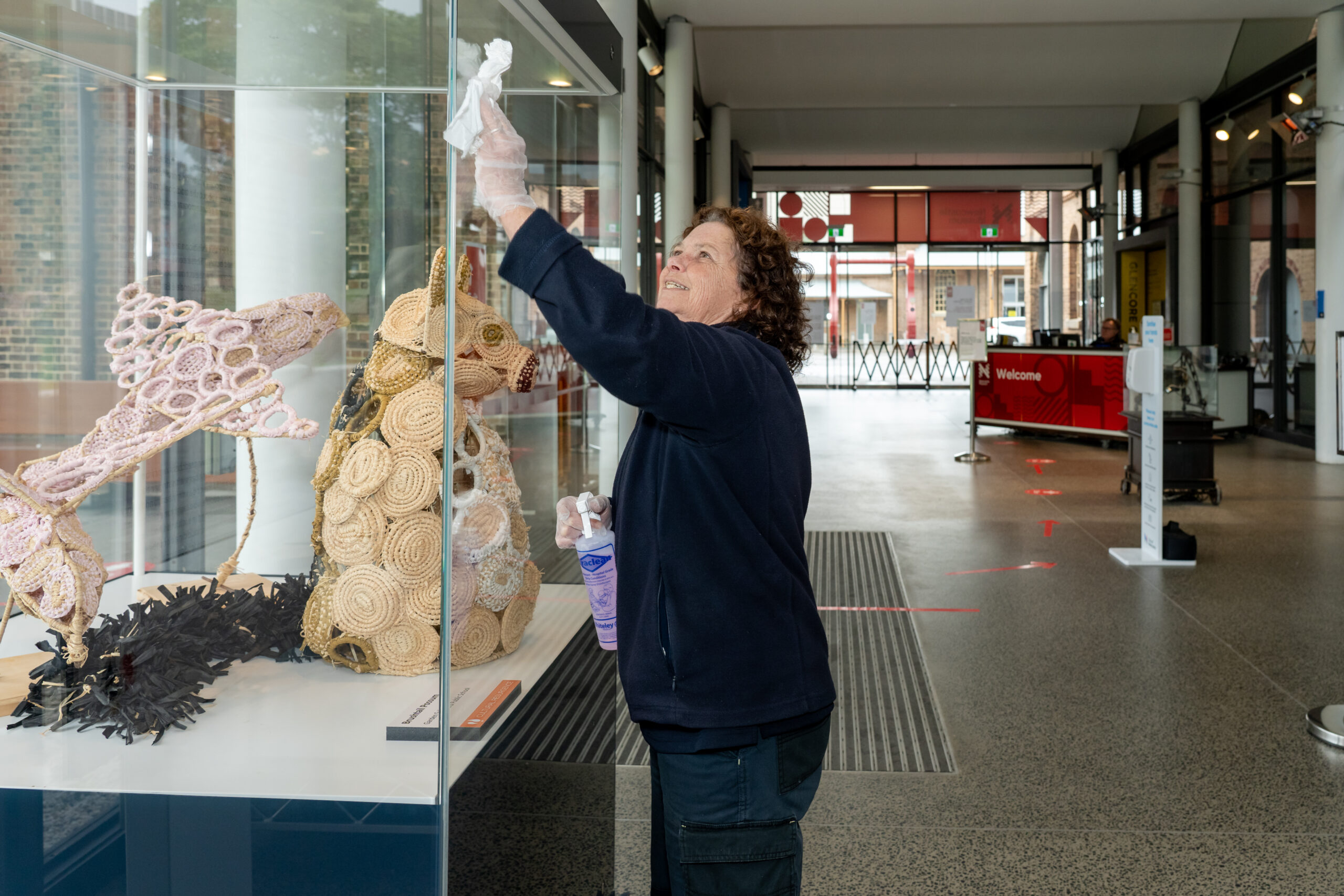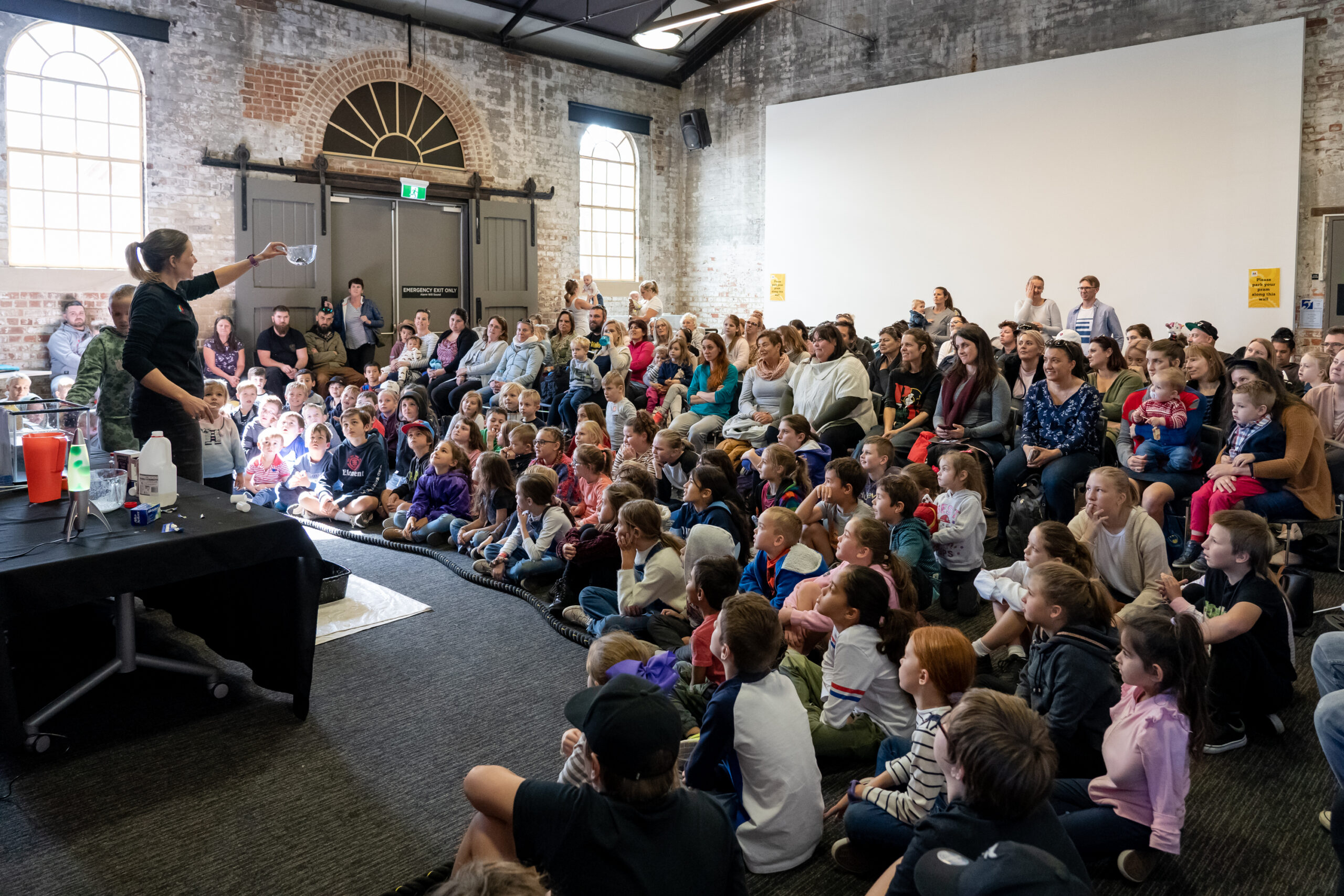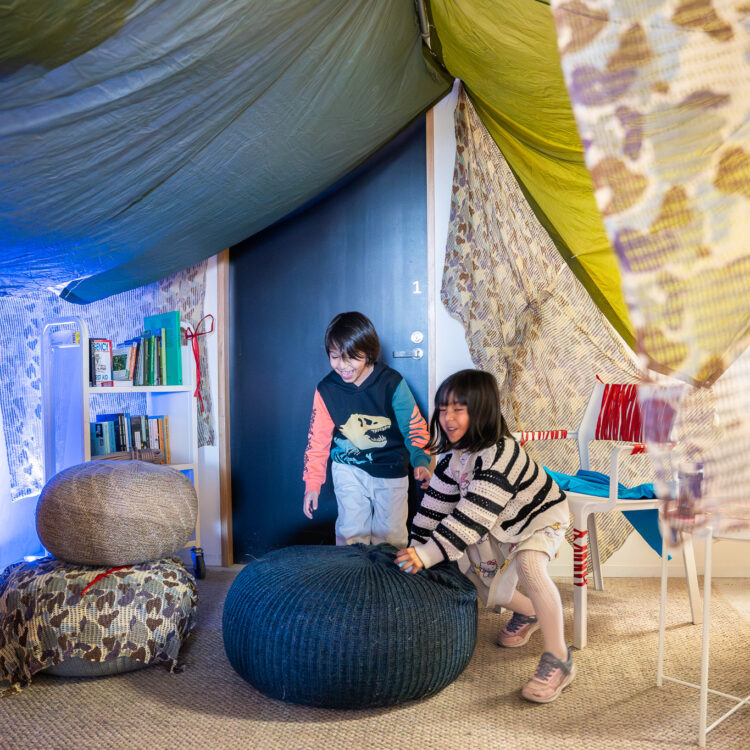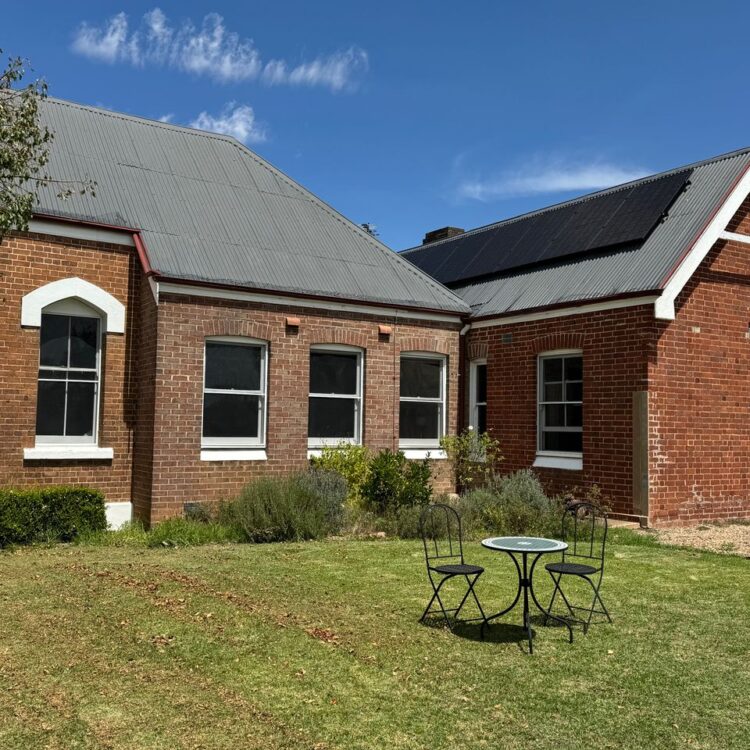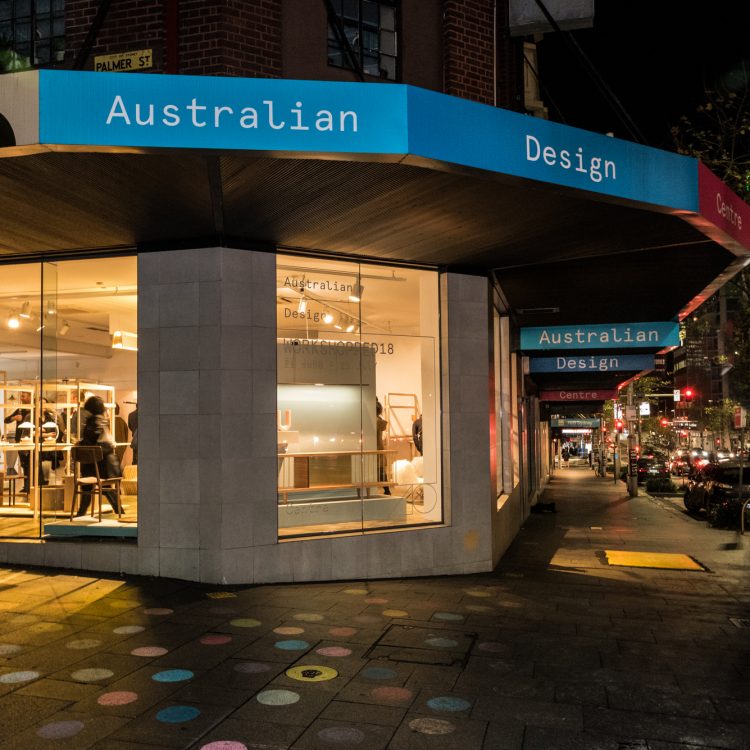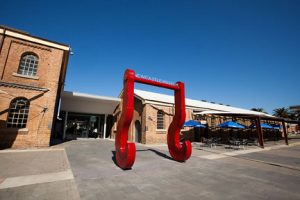Museums & Galleries of NSW is introducing a new interview series, Insights, spotlighting the voices of museum and gallery professionals across New South Wales. This series will feature insightful interviews with individuals working at the forefront of the sector, highlighting how their ideas, leadership, and day-to-day practice are helping to shape a more vibrant, resilient, and inclusive future for museums, galleries, and Aboriginal cultural centres.
In the first of our Insights series, we talk with Director of Museum, Archive, Libraries & Learning, Julie Baird, on how Newcastle Museum works to ensure impact on its community.
Established in 1988, Newcastle Museum is a significant regional museum located at the Honeysuckle Railway Workshops and built across three unique pieces of classic railway architecture listed with the National Trust: the Locomotive Boiler Shop, the New Erecting Shop and the Blacksmith and Wheel Shop.
With Newcastle being the state’s second largest city and one of the country’s oldest colonial settlements, there are many complex stories to tell. Newcastle Museum achieves this through its collection of over 12,500 objects and an active exhibition and public program schedule.
What do you think the role of regional museums is to their communities, and is Newcastle Museum unique given the scale and the history of the city?
Regional museums answer the basic question that has always plagued humanity: Who are we? I think that regional museums can answer that question better than any other art form or type of institution. This should make you precious and valuable to the community, politicians and visitors.
I don’t think that Newcastle Museum is unique in being passionate story tellers and keepers of local collections, but we are hard to categorise. We are the biggest of the small guys and the smallest of the big guys. We do social and industrial history and a science centre all in the one building. It does make benchmarking our service very hard. We tend to look to QVMAG in Launceston, but they have an Art Gallery and a scientific research element that we don’t.
Newcastle Museum has always been distinct, predominantly due to our very high visitation and the fact that the majority of our visitors are younger than average. We must be the only regional museum whose visitor satisfaction drops amongst the over 70 years old category.
Does being a local government entity add an additional layer of consideration to what you program?
The additional layer of consideration is often centred around the dirty word of money. LG museums have less funding, but we are expected to conduct our business at the same level of professionalism as a better resourced state or federal institution. I have had colleagues at other museums say, “You are so lucky to have a community. We don’t”. I think that all institutions have a community, but at a local government museum, you must pay attention and service the community because they literally know where you live.
We try hard not to let politics and programming intersect, but what local government does do is react faster and harder than any other level of government. You may see a federal minister once a year if you are lucky, a state minister twice a year, but you will run into the mayor at the shops. This can be positive as your work will be known, but it does mean that you are under a microscope in your own community.
Is there a need to balance how you tell stories so they are meaningful for both out of town visitors and the local community?
We have a Vision and Mission statement, but the most important words are found in what we call The Manifesto: “Newcastle Museum is committed to telling the stories of both ordinary and extraordinary Newcastle through our collections, exhibitions, and programs.
We are of service to our community and engage with all who visit the museums, both digitally and in the flesh.
We believe in the word Museum, as it is both our integrity and our identity.
We are committed to providing the best and broadest museum experience, which is not only fun and attractive but is intellectually significant and beneficial to the community. We educate and entertain through both formal and informal means for all ages. We are firmly committed to full access for the community. We are proud to continue to keep the museums financially available to all and an integral and aligned service of the City of Newcastle (CN). All that we do is a celebration of our city, and we are a significant element of the lives and identity of Newcastle’s people.”
Our programming is based on a balance of For and About Newcastle. Travelling exhibitions about dinosaurs or science shows are For and social history exhibitions, contemporary collecting, First Nations programming etc is About. We have had a pie chart to see where the balance is tipping at any time. Telling local stories in About actually services our out-of-town visitors because they want to know about our city as much as the locals want to see their lives reflected.
By never assuming prior knowledge and a breadth of content, we can encompass the needs of both locals and out of towners. We have so many stories and diverse communities in our city that the assumption that local visitors know where the Hollywood Depression camp was cuts out anyone under 60, new migrants, tourists, etc. We tell A Newcastle Story at a time, as there is no such thing as The, Our or Your Newcastle.
Beyond your exhibition program, what strategies does the museum employ to reflect contemporary communities in the institution?
The most important strategy revolves around properly listening to visitor evaluations and employing a diverse mix of team members. Our employees are encouraged to speak their minds and be authentically themselves. We hire a team that is diverse in age, identity, ability and neuro type. That takes us out of the roundabout of sameness and onto the rollercoaster.
What community programs are you particularly proud of, and how do you know if they’ve had an impact?
We had an exhibition called First that focused on local First Nations artists. We wanted to have it explore different kinds of artistic expression. One of the artists was metal/hardcore punk guitarist Jacob Commings, who performed a piece called Matricide that was shown via a video filmed by his friends. As a result of being featured in this show, he was approached by a local orchestra to translate his guitar piece into a full orchestral work. A year later, Jacob and the orchestra performed on the stage at the Conservatorium for the New Annual cultural festival. Jacob is now writing scores for more orchestras. What seems like one small element of an exhibition can change someone’s life.
What are your key recommendations to those in the sector to maximise their impact on their communities?
Stay humble. Take risks. Let go
The only thing that museums are the experts on is running museums. Everyone in your community has their own stories and knows more about their specialisations than you ever will. Be ok with that. Your job is to translate their passion into stories to broadcast to the rest of the world, a lot like the role of journalists. We know what word counts, design accessibility and curatorial intentions can do to elevate a book on the wall into an amazing exhibition, so share that knowledge with community members who don’t have the luxury of space, prestige and voice. When we grip too tightly to our knowledge and institutions, we end up in an echo chamber telling the same type of stories to the same type of people. However, the sharing of museological knowledge elevates our role with senior management, politicians, and the community rather than diminishing our worth.
We worry about what other museums will think of us. We worry about making mistakes. We worry that we will go down in history as the person who broke that object. I encourage you to trust, let go and make mistakes. Some of the best programs, events and exhibitions at Newcastle Museum were a terrifying letting go of control. Making our space open to teenage skaters for a film launch, knowing that they would probably sneak booze in, swear and make noise. The ability to support young creatives in their own methodology and market led to long term engagement with a subculture that promotes us to underrepresented museum audiences and was worth mopping the floor afterwards.
